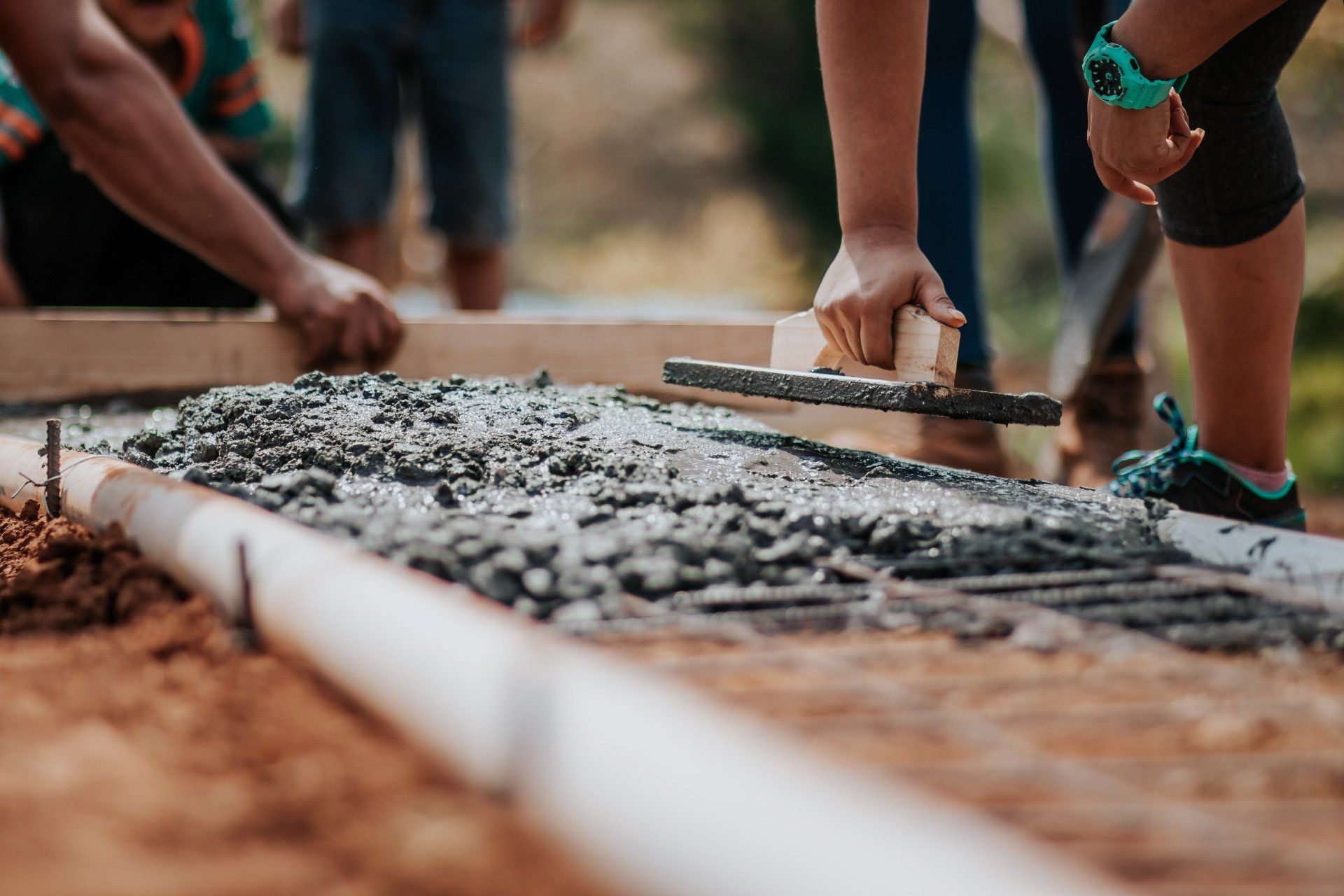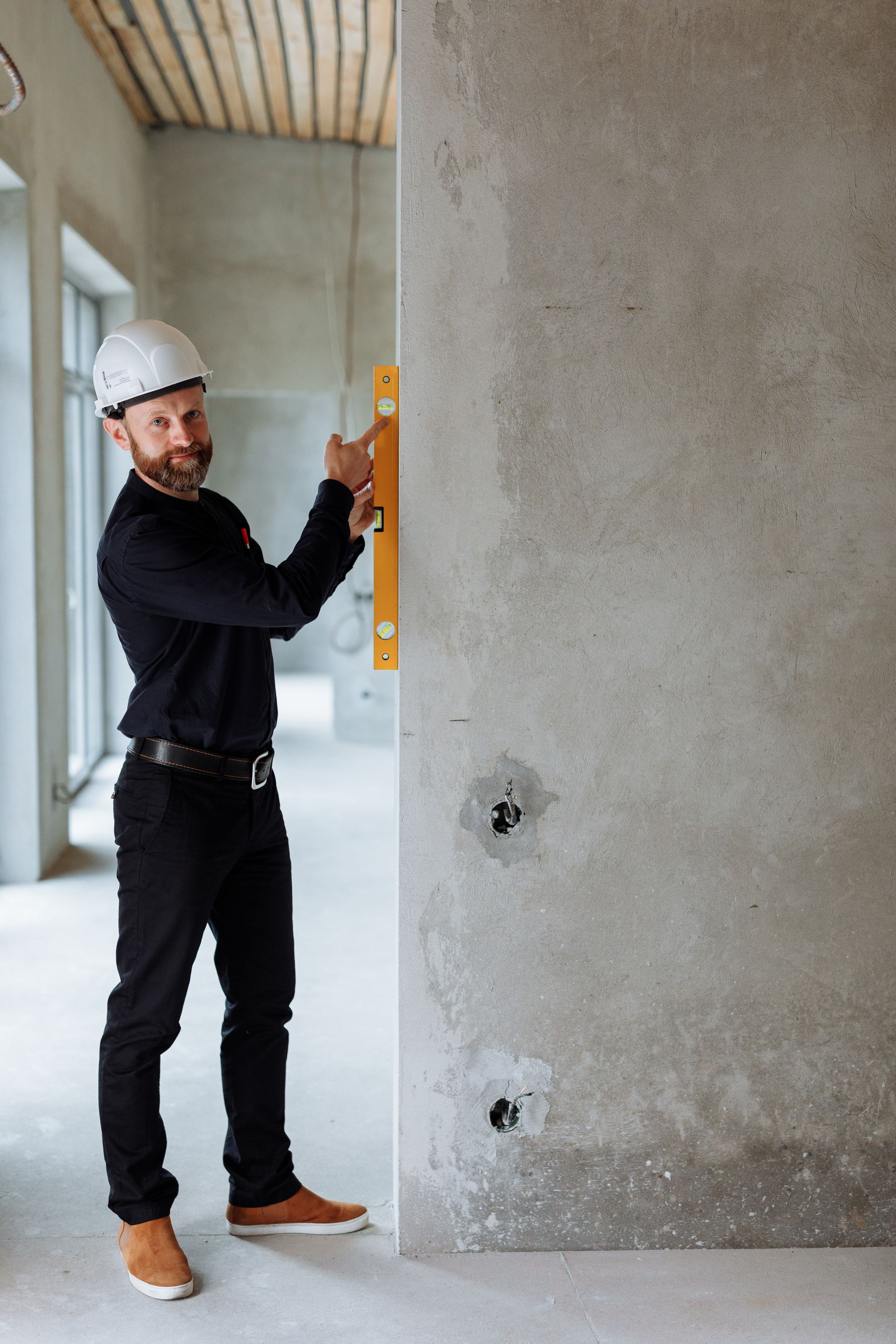Understanding Radon Mitigation Costs and Local Rates
Decoding Radon Mitigation Costs: Your Guide to Pricing and Protection
Invisible, odorless, and potentially deadly – that's radon gas in a nutshell. Radon is a radioactive gas that can seep into homes and other buildings, posing significant health risks when its levels are high. If you've discovered radon in your home, you're likely concerned about your family's safety and wondering about the cost of mitigating this hazard. We will explore the various aspects of radon mitigation cost, including estimates, regional variations, and specific scenarios like crawl spaces. So, let's delve deeper into this critical topic to help you make informed decisions about protecting your home and loved ones.

Understanding Radon Mitigation Costs
Radon mitigation is the process of reducing radon gas levels in a building to a safe and acceptable range. This is typically achieved through the installation of radon mitigation systems. However, the cost of these systems can vary widely based on several factors, including the geographic location of your home, the construction of your house, and the radon levels present.
Radon Mitigation Cost Estimates
To grasp the full picture of radon mitigation costs, it's crucial to break down the factors that contribute to the overall expense. The key components of these costs include:
System Type:
There are various
radon mitigation system types, such as sub-slab depressurization, crawl space encapsulation, and more. Each has its unique requirements and costs.
Labor: The labor involved in designing, installing, and testing the system is a significant portion of the cost. Labor rates can vary from one region to another.
Materials:
The specific materials used in the system, including piping, fans, and sealing agents, influence the overall cost.
Permitting and Regulations:
Depending on your location, you may need permits to install a radon mitigation system. Compliance with local regulations can also affect the cost.
House Characteristics:
The size, layout, and foundation type of your home can impact the complexity and thus the cost of the system.
Radon Levels:
Higher radon levels may require more extensive mitigation efforts, which can increase costs.
Radon Mitigation Cost Estimates Near Me
Radon mitigation costs are not fixed; they vary significantly depending on your location. For example, radon mitigation cost estimates in Ohio may differ from those in Massachusetts or Pennsylvania. To determine the cost of radon mitigation in your area, it's essential to obtain quotes from local radon mitigation
professionals.
Crawl Space Radon Mitigation Cost
Crawl spaces are notorious for being vulnerable to radon intrusion. If your home has a crawl space, it's crucial to consider the crawl space
radon mitigation cost. Crawl space mitigation typically involves sealing the area and installing a radon mitigation system. The cost can vary based on the size of the crawl space and the necessary materials and labor.
Radon Mitigation Cost in Ohio, Pennsylvania, and Massachusetts
As mentioned earlier, the cost of radon mitigation can vary significantly by region. Let's explore the average radon mitigation cost in Ohio, Pennsylvania, and Massachusetts to provide you with a better understanding of these regional differences.
Radon Mitigation Cost in Ohio: Ohio is known for having pockets of elevated radon levels. The average cost of radon mitigation in Ohio can range from $800 to $1,500 or more, depending on factors such as system type and home size.
Radon Mitigation Cost in Pennsylvania:
Pennsylvania also experiences radon issues, especially in certain areas. The cost of mitigation in Pennsylvania is similar to Ohio, with prices typically falling within the $800 to $1,500 range.
Radon Mitigation Cost in Massachusetts: Massachusetts, while not as consistently high in radon levels as some other states, still has areas with elevated levels. The average radon mitigation cost in Massachusetts is in the same range as Ohio and Pennsylvania, with estimates ranging from $800 to $1,500.
Typical Radon Mitigation Costs
Understanding the typical radon mitigation costs can provide you with a general idea of what to expect. On average, homeowners can anticipate spending between $800 and $1,500 for a standard radon mitigation system. However, it's crucial to remember that these are rough estimates, and your specific circumstances may result in costs outside of this range.
Factors That Impact Radon Mitigation Costs
Radon Levels: Higher radon levels may require more extensive mitigation efforts, increasing costs.
Home Size and Layout: Larger homes or those with complex layouts may require additional labor and materials, contributing to higher costs.
System Type:
The type of mitigation system you choose can significantly impact the cost. For example, sub-slab depressurization systems tend to be more expensive than passive systems.
Crawl Spaces and Foundations: Homes with crawl spaces or unique foundation types may incur additional costs to address radon intrusion effectively.
Location: Regional variations in labor rates, materials, and permitting requirements can influence the overall cost.
Conclusion
The cost of radon mitigation is a critical consideration for homeowners looking to ensure their families' safety. While it's natural to be concerned about the expense, it's essential to prioritize the health and well-being of your loved ones. Investing in radon mitigation not only reduces health risks associated with radon exposure but can also enhance the value and marketability of your home.
When it comes to addressing radon issues, it's advisable to consult with local radon mitigation
professionals who can provide accurate estimates based on your specific circumstances. Remember that radon is a silent threat, and knowing the radon mitigation cost is the first step in safeguarding your home and family against its dangers.




